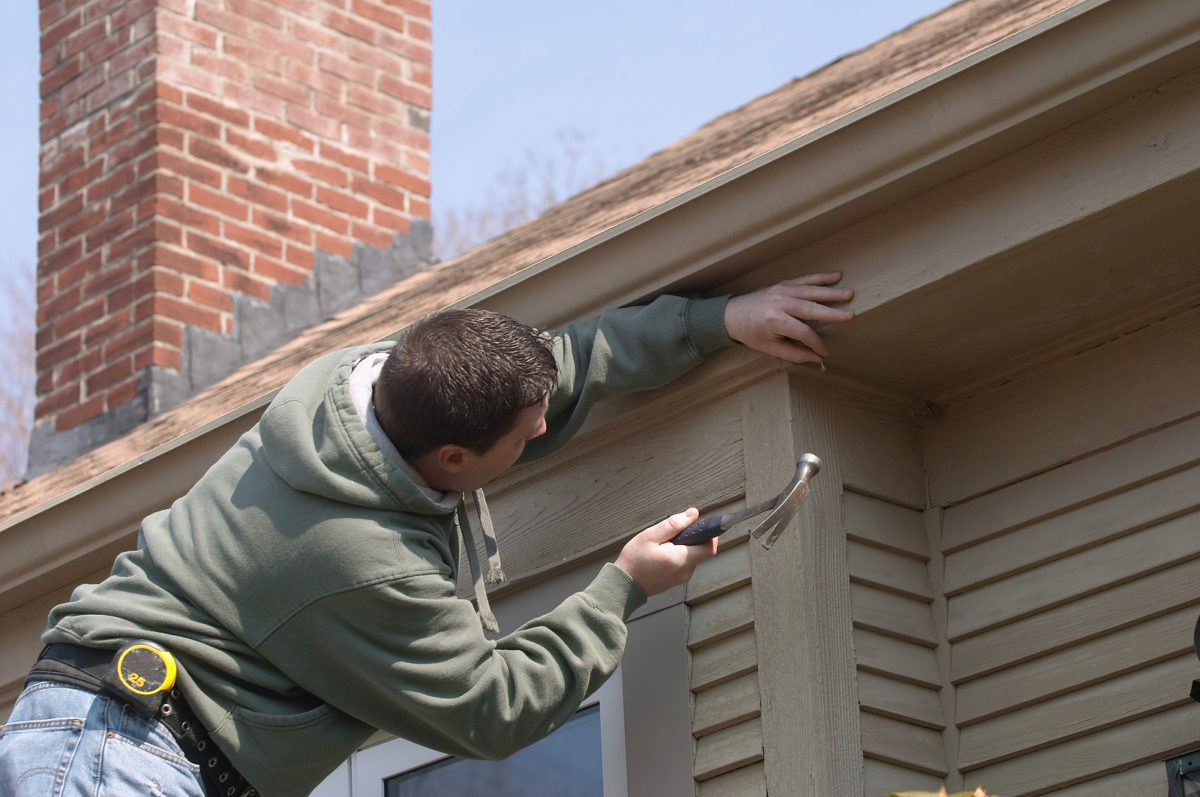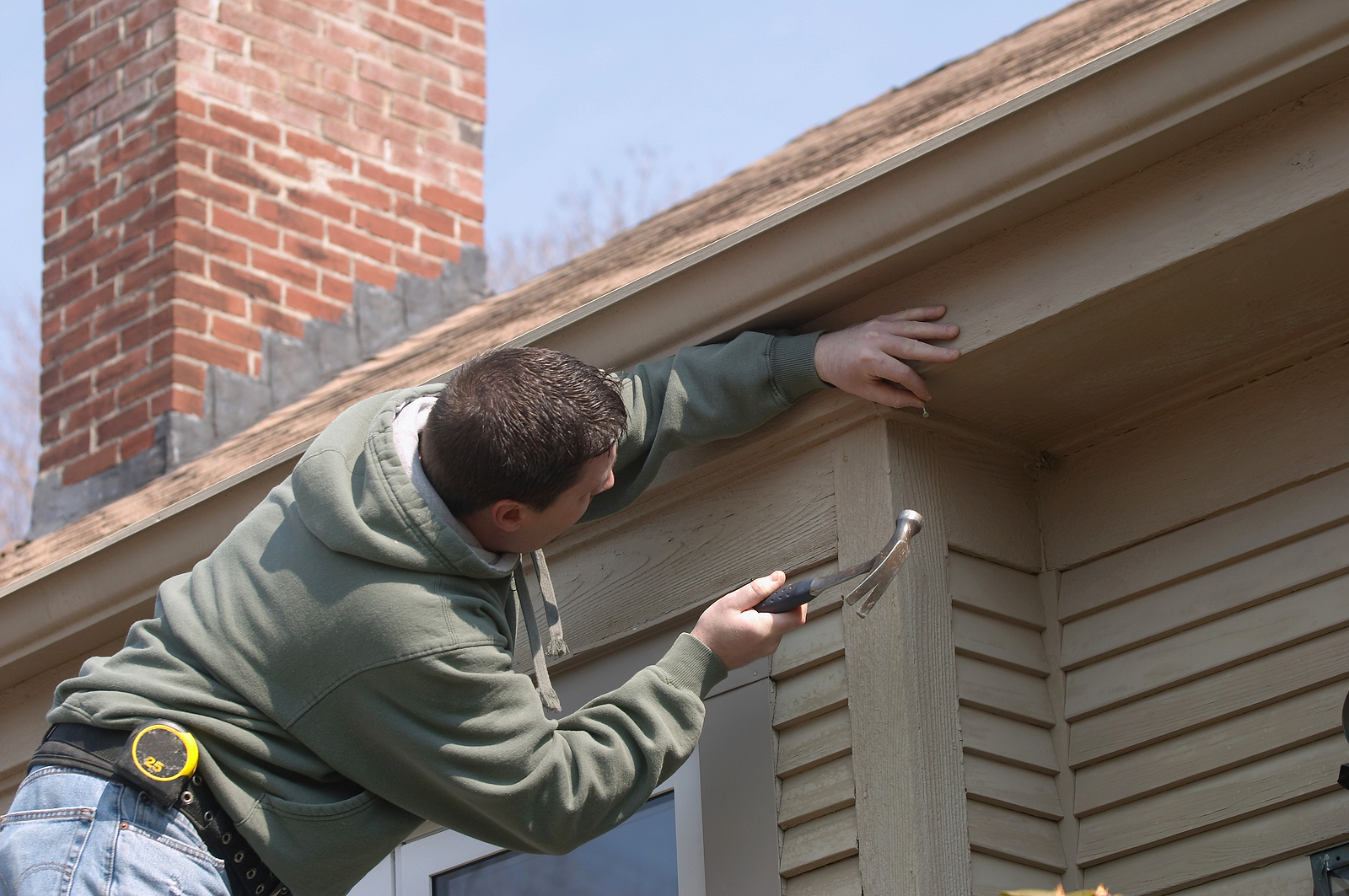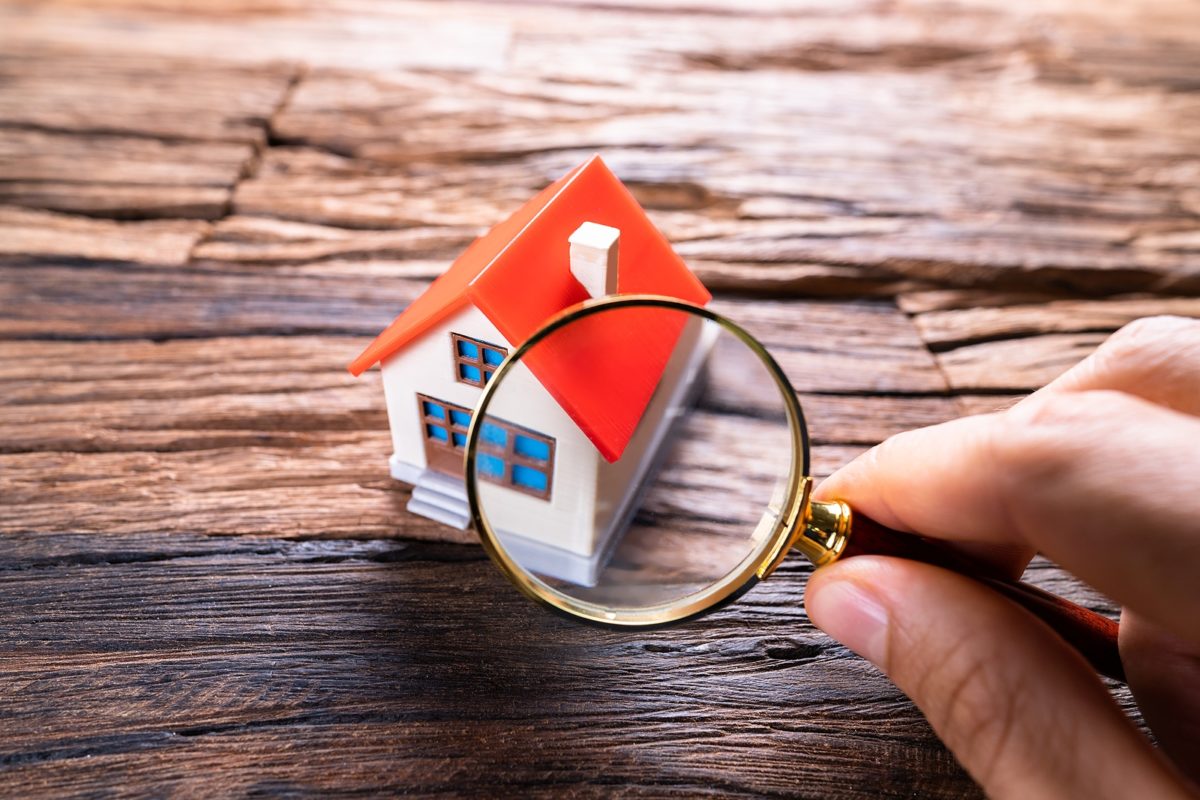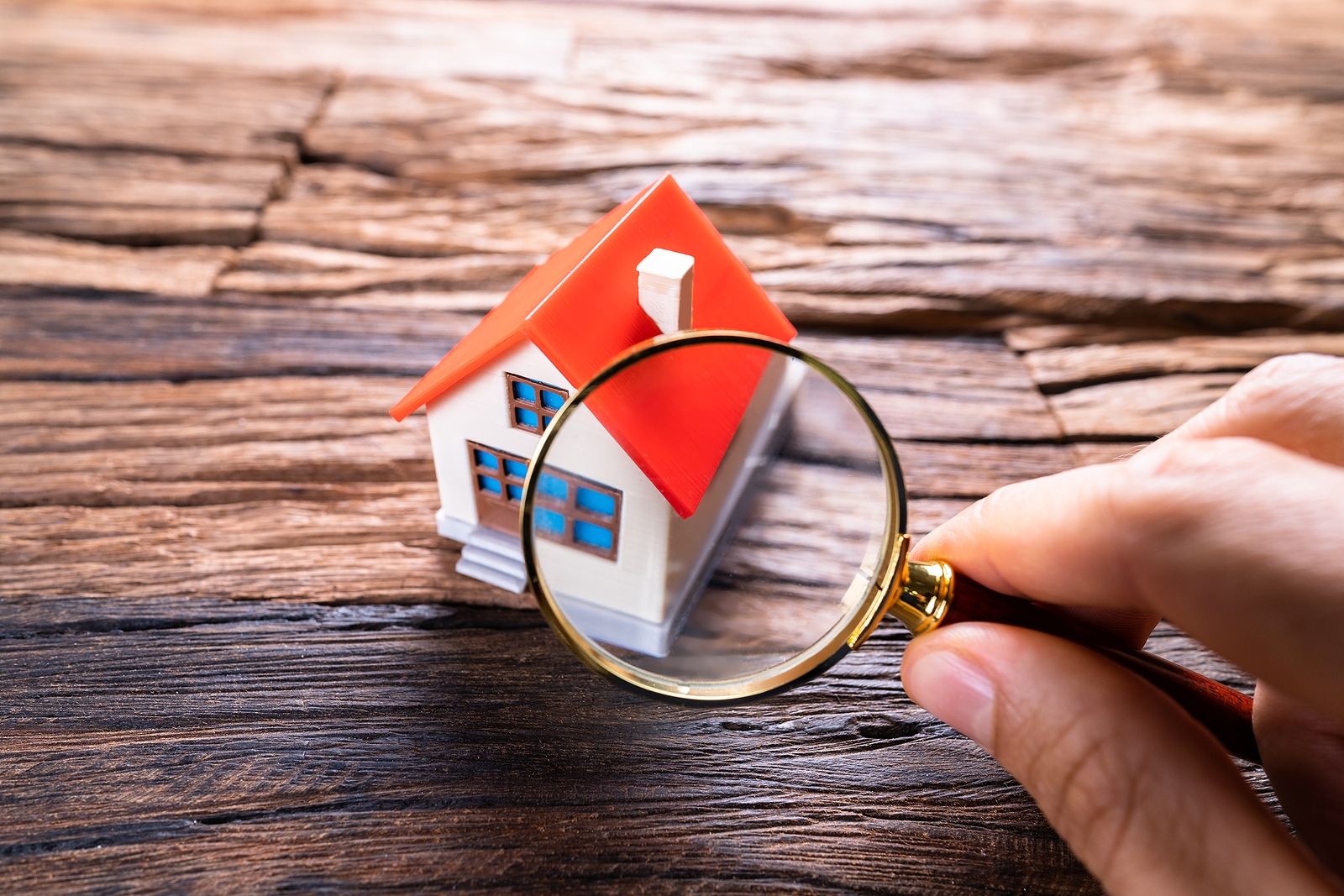Let’s get this out of the way upfront: When buying a home, the down payment isn’t the whole ball of wax.
When budgeting for a home, you’ll need to factor in other expenses as well and one of the largest of these are closing costs. Because they aren’t due until closing, many homebuyers don’t focus on them as much as they should.
Yes, they can be pricey but there are ways to save money on them.
First-time buyer?
Closing costs include all the fees charged by the lender and others to help facilitate your purchase of a home.
Before loan approval, you’ll be given a Loan Estimate. This is a three-page form that outlines an estimate of these fees. By law, the lender must supply you with the Loan Estimate within three days after the submission of the loan application. Find a sample of the form online at consumerfinance.gov.
Another form of note is the Closing Disclosure, which you will receive at least three days before closing.
“A Closing Disclosure is a five-page form that provides final details about the mortgage loan you have selected,” according to the Consumer Financial Protection Bureau.
“It includes the loan terms, your projected monthly payments, and how much you will pay in fees and other costs to get your mortgage (closing costs),” they conclude.
Check out the sample Closing Disclosure, here.
How much are closing costs?
There’s no definitive answer to this general and common question. Even the “rule of thumb” varies, from between 2% and 5% to between 3% and 6% of the home’s purchase price.
Putting it into dollars, closing costs on a home purchased for $325,000 would be between $6,500 and $19,500.
What the fees typically pay for
Fees vary according to lender, but if you’d like an idea of what you might pay, see page 2 of the Closing Disclosure, here.
Let’s take a closer look at the most confusing closing costs for buyers and how to negotiate with the lender to lower it. Use the sample copy of the Loan Estimate, mentioned earlier, to follow along.
First, shop around for a lender
Many new homebuyers latch on to the lender offering the lowest mortgage interest rate and that often turns out to be a huge mistake.
As you now know, there is far more to the cost of a loan than interest rate.
First, decide that no matter how tempting an offer is, you will solicit offers from at least three lenders.
Next, compare them according to each lender’s APR or the stated rate. What’s the difference?
The stated rate, or interest rate, states the annual cost of the mortgage.
The APR, “Unlike an interest rate … includes other charges or fees such as mortgage insurance, most closing costs, discount points and loan origination fees,” according to the pros at Bank of America.
Experts are divided over which rate to compare. For a deeper understanding, visit themortgagereports.com.
Origination charges
Loan origination fees are, simply, the fees lenders charge to initiate your mortgage. This is one section of this form you’ll want to compare to other lenders’ offers.
“This is where we’ll find the “junk” fees — the add-ons a lender uses to make more money,” according to Hal M. Bundrick at nerdwallet.com.
You may see other fees listed in this section, such as:
- Administration fee
- Processing fee
- Document preparation fee
- Appraisal review fee
“Remember, any fee in Section A ‘Origination Charges,’ is negotiable and part of the lender’s profit strategy,” Bundrick said.
He also offers this negotiating trick that can be used even before you receive the Loan Estimate:
“… ask each lender you’re considering: ‘If we proceed, what are all of the origination charges that I will find listed on the Loan Estimate under Loan Costs, Item A?” Use those exact words and get their response in writing.”
Feel free to reach out with any homebuying questions. We’re happy to help.



















